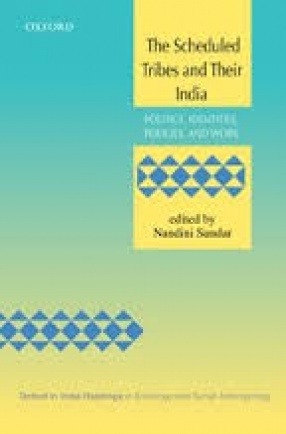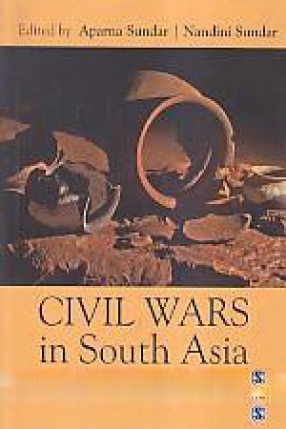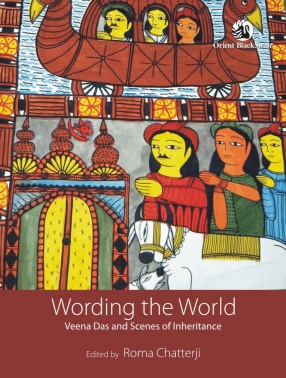The book is a welcome relief in this regard since it successfully combines the anthropological approach of conducting fieldwork in the area of study and the historical approach of exploring, analysing and interpreting the records in the archives, thus, in the process, "eroding" the autonomy of both the disciplines for a better interpretative framework. The book is divided into three major parts : I — Recreated Pasts (chapters 1 & 2), II—Rebellious Pasts (Chapters 3-8), and III—Uncertain Futures (Chapter 9). Thus, at every phase, Sundar talks of "multiple histories" what she calls "a polyphony of voices narrating pasts out of different presents". The first part may be categorised broadly as ehnohistory (in a nonlinear sence) which deal with the pre-colonial economy and polity, constructed through Dhurwa oral histories and the rituals of Dussehra — an annual state festival. The second part deals with both major and minor resistance to the colonising process along with the versions of the subalterns and the sovereigns. Although Bastar clearly was never commercialised like other parts of India, "colonialism transformed local societies, polities and economies in three crucial ways: through the imposition of alien structures of government, through unequal integration into larger capitalist processes, and through epistemological means". In all the three cases — 1876, 1910, 1966 — the colonial rulers and the Indian Government blamed the kings ruling in 1876 abd 1910 or the incitement by the former king. Even accusing finger was pointed at B.D. Sharma and his group for protest against displacement by the proposed steel plants in Bastar region.

Subalterns and Soverigns: An Anthropological History of Bastar 1854-1996
In stock
Free & Quick Delivery Worldwide
reviews
Bibliographic information
Title
Subalterns and Soverigns: An Anthropological History of Bastar 1854-1996
Author
Edition
1st Ed.
Publisher
ISBN
0195649095
Length
xxiv+296p.; Biblio.; Index.
Subjects






There are no reviews yet.